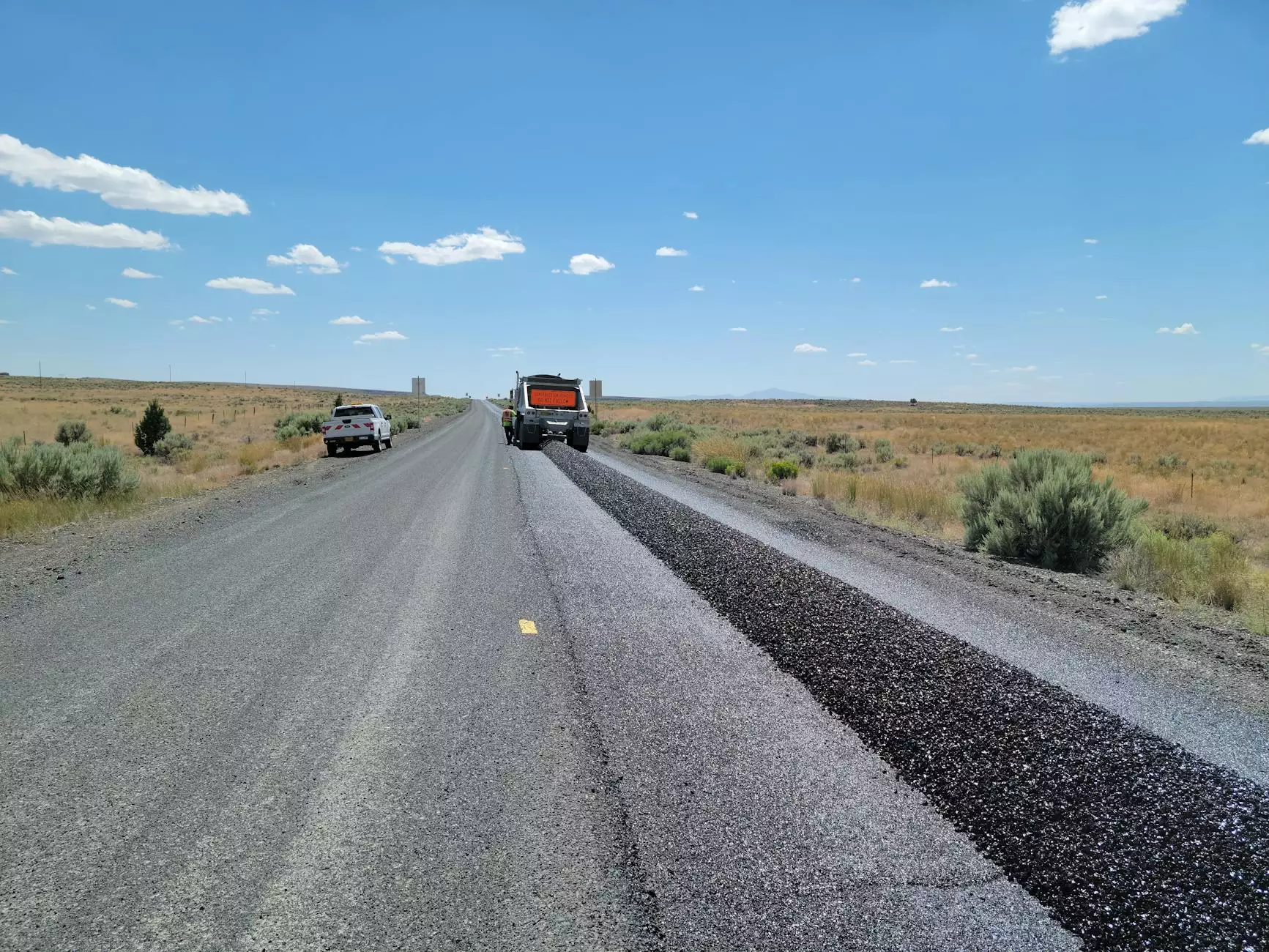Pool Resurface Options: Enhance the Aesthetic and Longevity of Your Pool

If you are looking to restore the charm of your swimming pool, understanding the various pool resurface options available is essential. A well-maintained pool not only enhances your property's appeal but also contributes significantly to its value. In this comprehensive guide, we’ll explore various resurfacing options, the benefits of each, and essential maintenance tips.
Why Resurface Your Pool?
Over time, swimming pools can suffer from wear and tear due to exposure to harsh chemicals, sunlight, and regular usage. Resurfacing your pool can address several issues, including:
- Cracks and chips in the surface
- Faded or discolored materials
- Rough textures that can be uncomfortable for swimmers
- Loss of aesthetic appeal
Resurfacing can breathe new life into your pool, allowing you to enjoy a refreshing and inviting space. It is also an opportunity to update the pool's design to better fit your style and preferences.
Popular Pool Resurface Options
When considering pool resurface options, there are several materials and techniques that pool owners can choose from. Here, we’ll discuss the most common options, highlighting their benefits, costs, and maintenance needs.
1. Plaster Resurfacing
Plaster is a traditional pool finish that consists of a mixture of cement, sand, and water. It is one of the most common pool resurface options due to its affordability and versatility.
- Benefits: Plaster provides a smooth finish and is available in various colors. It can create a classic look that many homeowners appreciate.
- Costs: The cost of plaster resurfacing typically ranges from $3 to $5 per square foot, making it a budget-friendly option.
- Maintenance: Plaster surfaces may require regular maintenance, including acid washing to remove stains and a higher chemical balance to prevent scaling.
2. Pebble Tec
Pebble Tec is a popular choice among pool owners who desire a unique and textured surface. This material consists of a mixture of plaster and small pebbles, creating a natural stone look.
- Benefits: The natural appearance provides a luxurious feel, and the textured surface is slip-resistant, making it a safe choice for families.
- Costs: Pebble Tec is slightly more expensive than plaster, with costs ranging from $5 to $15 per square foot.
- Maintenance: This type of surface is durable and less prone to staining, but it should still be cleaned regularly to maintain its appearance.
3. Aggregate Resurfacing
Aggregate resurfacing involves mixing plaster with various stones or glass beads, resulting in a decorative and durable pool surface.
- Benefits: This option offers a variety of textures and colors, allowing for customization to match your landscape. Aggregate surfaces are also less prone to staining and algae growth.
- Costs: Typically, aggregate resurfacing costs between $6 and $12 per square foot.
- Maintenance: Aggregate finishes are relatively easy to maintain, requiring only regular cleaning and maintenance.
4. Tile Resurfacing
For a touch of elegance, tile resurfacing is an exceptional option. Ceramic, glass, or stone tiles can be used to create stunning designs.
- Benefits: Tile surfaces are highly customizable and resistant to stains. They offer a long-lasting solution that adds value to your pool.
- Costs: Tile resurfacing is one of the more expensive options, with costs ranging from $15 to $30 per square foot.
- Maintenance: While tiles are durable, grout lines can accumulate dirt, requiring occasional cleaning and maintenance.
5. Vinyl Liner Resurfacing
Vinyl liners are another popular choice for pools, particularly in above-ground pools or concrete pools requiring a softer touch.
- Benefits: Vinyl liners are available in various colors and patterns, providing a customizable look. They are also softer and more comfortable to the touch.
- Costs: The cost for vinyl liner installation generally ranges from $3 to $5 per square foot, depending on the design and thickness of the liner.
- Maintenance: Vinyl liners are easy to maintain, but they can be prone to tears and punctures, making repairs necessary over time.
Choosing the Right Option for Your Pool
Selecting the most suitable pool resurface options requires careful consideration of various factors, including:
- Your Budget: Determine how much you are willing to spend, as costs can vary significantly between different materials and methods.
- Aesthetic Preferences: Choose a surface that complements your home’s style and personal taste.
- Pool Usage: Consider how often the pool will be used and by whom, as different surfaces offer various levels of durability and comfort.
- Climate: The environment where you live can affect the longevity of materials, as some finishes may be more susceptible to wear from intense sun or freezing temperatures.
- Maintenance Requirements: Assess your willingness to perform regular maintenance. Some surfaces may require more upkeep than others.
Preparation for Resurfacing
Before proceeding with any resurfacing project, it’s crucial to prepare adequately. Here’s a step-by-step guide:
- Inspect the Pool: Identify areas of concern, such as cracks or discoloration, to determine the necessary repairs.
- Drain the Pool: Safely drain your pool while ensuring compliance with local regulations.
- Repair Damage: Address any structural damage like cracks or leaks before resurfacing.
- Clean the Surface: Thoroughly clean the existing pool surface to remove dirt, algae, or mineral deposits.
- Consult Professionals: For significant repairs or resurfacing, consider hiring a certified pool contractor to ensure quality work.
Post-Resurfacing Care
Once your pool has been resurfaced, it’s essential to take steps to protect the new surface:
- Allow Proper Curing: Follow the recommended curing time for your specific material before refilling your pool.
- Balance Water Chemistry: Proper chemical balance is vital to maintaining the new surface; monitor levels closely.
- Regular Cleaning: Implement a routine cleaning schedule to prevent buildup that can damage the new finish.
- Monitor for Damage: Inspect the surface routinely for potential issues like cracks or stains, addressing concerns promptly.
Conclusion
Choosing the right pool resurface options can significantly enhance your swimming pool's appearance and longevity. By understanding the various materials, their costs, and maintenance requirements, you can make an informed decision that aligns with your preferences and budget. Remember, a well-resurfaced pool not only adds value to your home but also creates a beautiful haven for relaxation and enjoyment.
Whether you decide on a plaster finish for budget-friendliness, a luxurious Pebble Tec, or elegant tile, each option has its unique benefits. Consider consulting with professionals from poolrenovation.com to explore tailored solutions that meet your specific pool resurfacing needs. Together, you can restore your pool into the pristine retreat it deserves to be.









